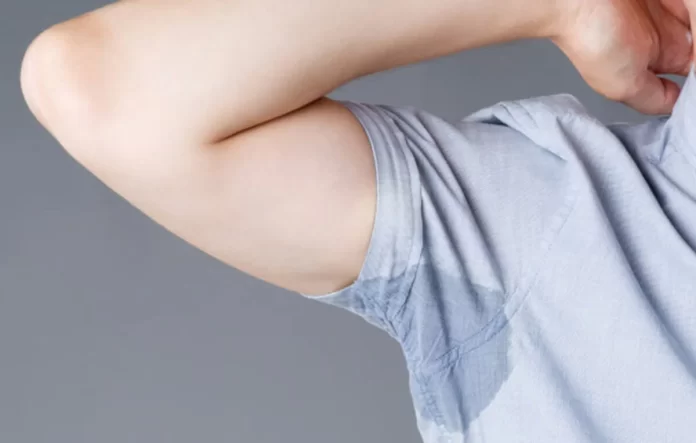Excessive sweating (hyperhidrosis) necessitates daily preparation. You might notice a difference in how you sweat if you plan.
A good place to start is by carefully selecting your outfits for each day. Even if you can’t completely stop sweating, wearing the right clothing can help you conceal sweat and feel more comfortable.
If you have hyperhidrosis, consider the following dressing hacks.
1. Layer your clothing
During the winter, layering is a good rule of thumb. However, you can wear layers regardless of the season to help with excessive sweating.
Begin with a thin layer of clothing beneath, followed by a loose, warm piece. Wear a tank underneath a regular shirt during the summer. Wear a cotton long-sleeve shirt underneath a jacket or sweater when it’s cold outside. If you start sweating in the middle of the day, you can remove the top layer of clothing to help cool yourself down.
READ ALSO: Why Osinbajo visited Tinubu – Akande
2. Opt for all-natural fabrics
Natural fabrics are typically more comfortable than synthetic fabrics. They also act as sweat barriers.
Cotton is the best fabric to protect against sweat because it helps keep your body cool. Silk and wool are also suggested as cotton alternatives by the Mayo Clinic.
3. Select darker colours or prints
These bold choices are excellent for concealing any sweat that may accumulate on your clothing. If possible, avoid solid white because it tends to show everything.
4. Take care of your feet
Foot sweating is common. When it comes to hyperhidrosis, sweating can be even worse.
Wear sandals or go barefoot to allow your feet to breathe. Choose athletic socks because they will absorb the most sweat. You’ll also want to choose shoes made from natural fabrics, such as cotton and leather.
It’s always a good idea to have a second pair of shoes and socks on hand, just in case.
5. Use an antiperspirant before getting dressed.
Always apply antiperspirant before dressing to ensure proper product application. (Plus, you’re less likely to get it on your clothes.)
Antiperspirants and deodorants are frequently used interchangeably, but they are opposed.
Antiperspirants are more effective for hyperhidrosis because they target your sweat glands. On the other hand, deodorants prevent odours caused by bacteria mixed with sweat.
If you require both, choose the antiperspirant first. In an emergency, you can bring deodorant with you. What’s better? A deodorant and antiperspirant combination.
6. Keep your doctor informed
Hyperhidrosis is classified into two types:
Primary focal hyperhidrosis is caused by nerves telling your sweat glands to produce more sweat than your body requires to keep you cool. There is no obvious cause.
Secondary generalized hyperhidrosis is a form of excessive sweating that’s caused by another medical condition. Examples are diabetes, heart disease, and thyroid disorders.
Schedule an appointment with a dermatologist if you continue to sweat excessively (even when it’s cool outside) and it’s affecting your quality of life.
Clothing can keep you comfortable and prevent excessive sweating, but it cannot treat the underlying cause of your sweating or provide the insight that a board-certified dermatologist can.
























